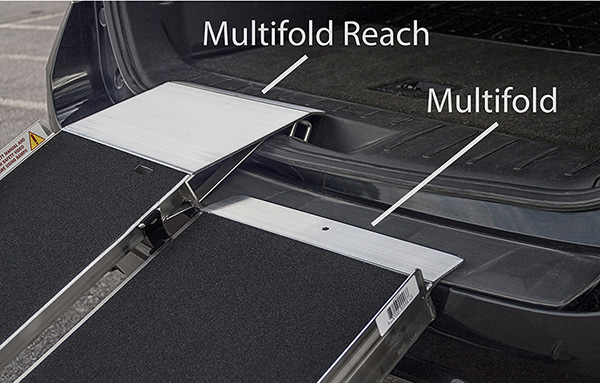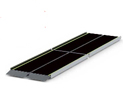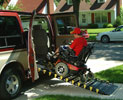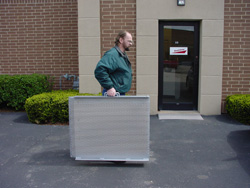Determining Your Rise
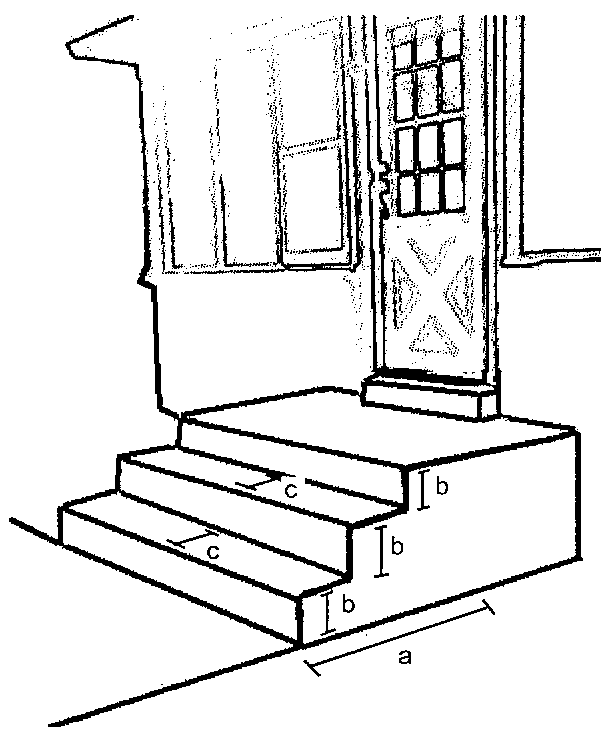
There are several things to consider before you purchase an ADA-compliant portable ramp. Will your ramp be utilized at a residential location or a commercial one? Will the ramp be used for vehicles? In regards to the person using the ramp, are they in a manual or motorized wheelchair? Do they instead use a walker or a cane?
The first thing you must measure is the intended rise of the ramp. How high are you trying to go?
What is rise? The rise of a ramp is the vertical distance one will travel by the time they’ve walked from the beginning to the end of the ramp. Imagine this: you have two stairs in your garage and each stair is 6″ tall. To find the rise, simply add the two stair heights together in inches, which is 12″. The rise in your garage is 12″.
How does this help? Your rise helps our ramp experts determine the appropriate length of your portable ramp based on your intended use.
I’ve got the rise – what’s the next step? The next step will be to determine in what manner the ramp will be used. Say a family member has been in a wheelchair for a few years and transporting them in and out of your house is taking a toll. Well, we’d love to sell you a ramp to lend assistance but at the same time we’d really prefer not to run you in circles and waste your time with a ramp that simply will not work.
In order to determine the safe dimensions of your portable ramp, we need to know one thing: will the ramp be for an assisted rise or an unassisted rise?
What’s the difference? With an unassisted rise, the person in the wheelchair is pushing themself up and down the ramp. With an assisted rise, they are using a motorized wheelchair or are being pushed from behind by a family member, neighbor, or friend.
Now what do I do? Now it’s time to choose a portable ramp that will best fit your needs. Maybe a single fold ramp will be best? Or maybe a multi-fold reach will be more adequate. Please refer to our selecting dimensions and selecting capacity guides.
Portable Ramp Knowledge Base
Portable Ramp Information
Decision Guides
Case Studies
- Coming Soon!




